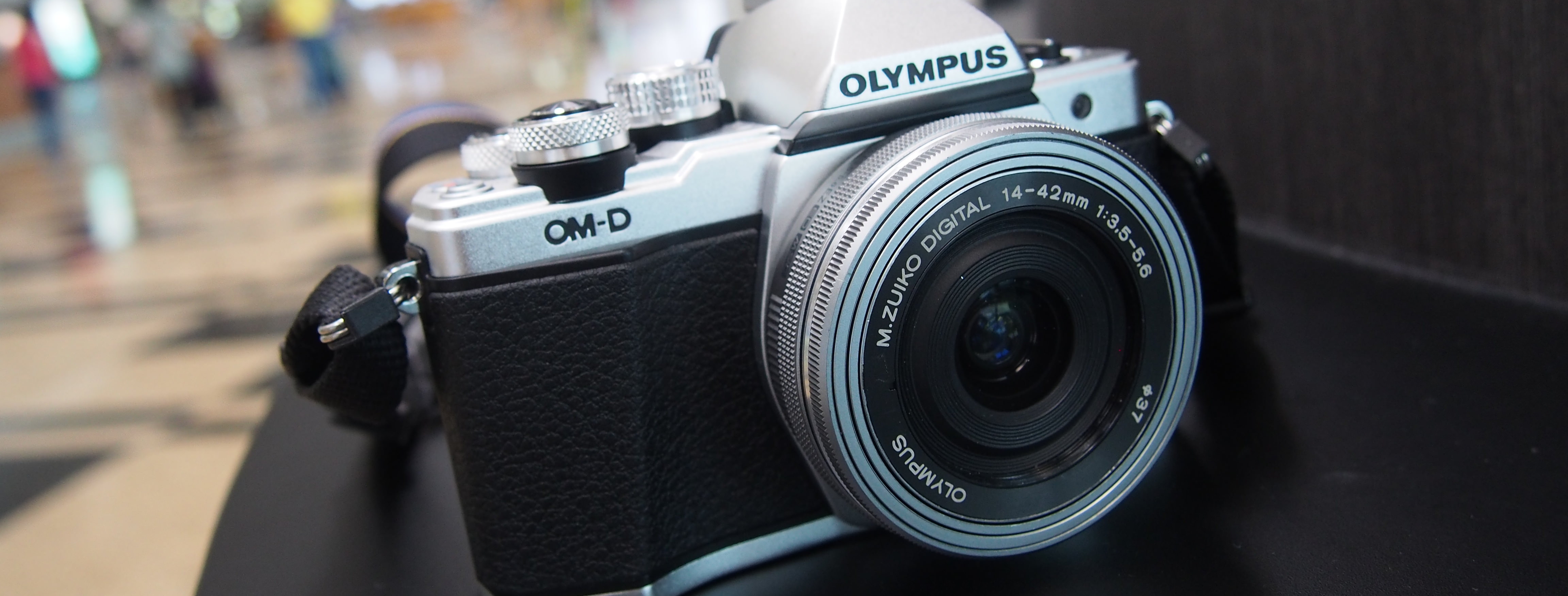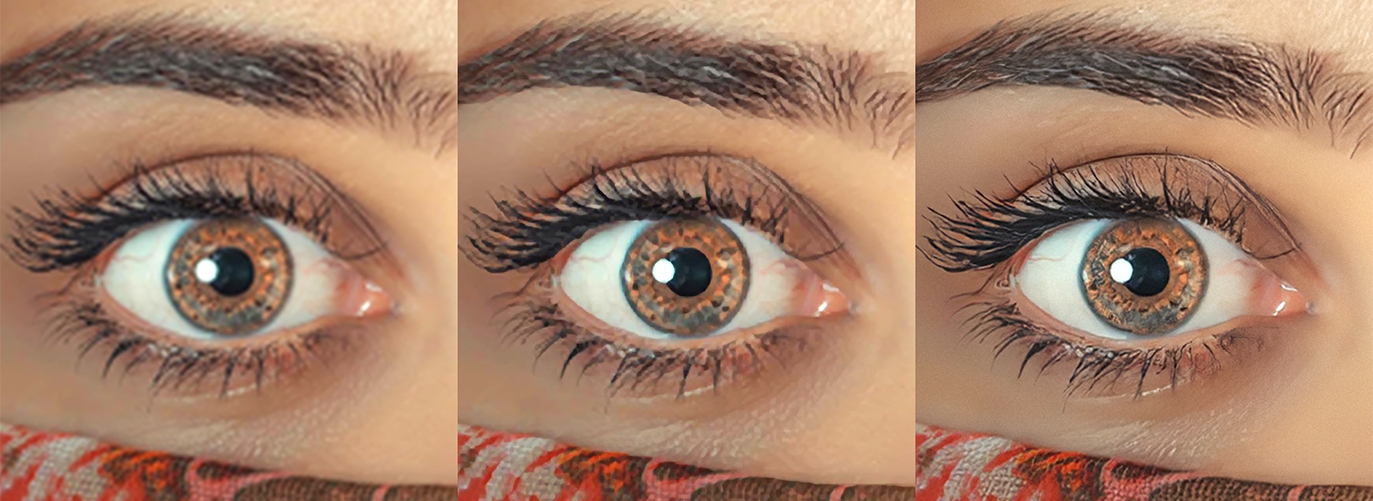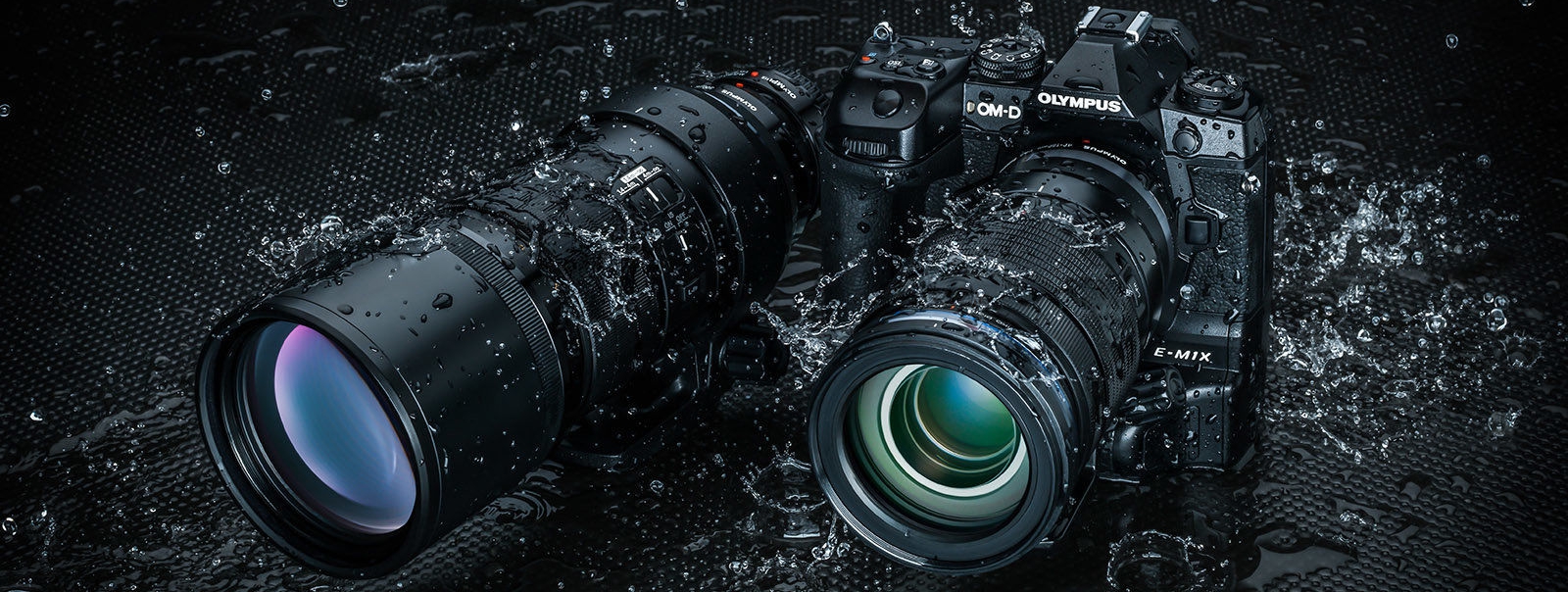Welcome to my photography website! This is merely a blog about anything photography related that wouldn’t fit properly in my main blog, which is more technical in nature (and less frequently updated). You can visit that here.
Who am I?
I am James, I come from Thessaloniki, Greece and am currently living in Munich. I am a hobbyist photographer and I work as a Solutions Architect here in Zurich. I discovered my passion in photography in late 2014 and since then I’ve been developing my skills, exploring new subjects and of course, gathering equipment!
What are my usual photographic subjects?
I usually prefer shooting landscapes, but I do like street photography a lot as well (not a very easy thing in Germany or Greece, believe you me!).
Natural light portraits as well as specialised photography (food, sports etc) are also favourite subjects of mine. I usually carry at least one camera wherever I go, looking for opportunities, but I am also willing to arrange a photo session if you are interested (use the contact page to get in touch).
I am always looking into criticism and collaboration as well, so feel free to contact me anyway!
What kind of equipment do I use?
I only had a very brief exposure to film photography when I was very very young. When I started again, I decided to go with Olympus, recognising the potential of mirrorless cameras and the reasonable pricing Olympus gear had.
It also doesn’t hurt that Micro 4/3s lenses are easier to carry around. very helpful when you lug 2 bodies and 4-5 lenses + accessories with you on a mere backpack.
Here’s a list of my current hardware that’s actively used:
- Olympus E-M1 Mark II
Olympus E-M10 Mark II- M. Zuiko Pro 12-100mm f/4.0
- M. Zuiko Pro 7-14mm f/2.8
M. Zuiko 12mm f/2M. Zuiko 25mm f/1.8- M. Zuiko 45mm f/1.8
- M. Zuiko 60mm f/2.8 Macro
- OIympus FL-900R
You can keep reading further if you want to know my opinion about each one of these listed above, as well as some other equipment that I don’t use/have any more but they bear mention regardless!
Cameras
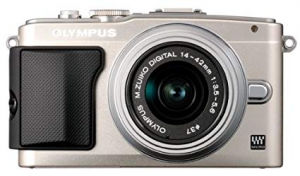
My very first mirrorless was an Olympus E-PL5 with the dual kit lens (14-42 & 40-150 non-pro). A decent camera with decent lenses, helped me get acquainted with rules of photography, develop technique and start improving my composition skills. I was very happy with this camera, but I can’t say I enjoyed the lack of a viewfinder and as well as the less than stellar 3-axis stabilisation.
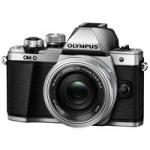
I sold that one about a year after I purchased it and went out and bought the E-M10 Mark II. I still own this camera and use it as my second body, since pretty much everything about this camera (considering its price) was great; from the 5-axis stabilisation to a very functional viewfinder. The extra controls that come with the camera in the form of another wheel and buttons are also very handy when wanting to change settings quickly.
Its disadvantages have to do mostly with the lack of an external microphone input and the lack of a second SD card input.

The second camera I currently own is an E-M1 Mark II. This one is a marvellous piece of engineering, combining impressive new technologies (at the time it was released anyway), such as Sync IS stabilisation with the 12-100 f/4.0 lens, Phase and Contrast detection AutoFocus, and an impressive array of shooting modes (ProCapture is simply ingenious).
This is what they call a professional camera, but in all honesty (and thoroughly unprofessional as I am), I find that this camera is really a problem solver, pro or not and would definitely want another one to replace my E-M10 II as my second body.
Lenses
Now, if there is one thing that Olympus does best, it’s lenses, thanks to their pedigree on medical optics. During the years I’ve amassed a small number of them and I find that they cover 95% of my photographic needs perfectly.
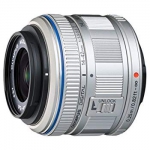
Weirdly, I still have a 14-42 kit lens which I never use any more. That was part of the E-M10 II package. As I said, this is a decent lens, not great compared to the Premium or Pro lines from Olympus, but much better compared to the kit offerings I have seen from other companies. You can certainly take great photos with it and it is indeed a great starter, but you are probably better off buying something better down the line.
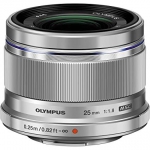
My first “serious’ lens was the M.Zuiko 25 f/1.8 prime. I still remember the excitement when I saw the results of my photos in my E-M10 II, it had a quality that the kit lens simply couldn’t match. I also found that the fixed focal length vastly improved my composition (due to necessity). This is an ideal lens for street photography (as you can see here) and with a maximum aperture of f/1.8, you can be sure that it works brilliantly under lower light conditions (such as a night stroll).
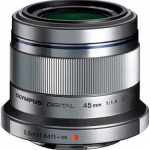
Whereas the 25mm makes for a good street & half-body portrait lens, I wanted something more up-close and personal. This is where the M. Zuiko 45mm f/1.8 came into play.
The 45mm is an ideal portrait lens, amazingly sharp (and can hold its own against the 45mm f/1.2) and even though it can suffer from some C.A., it produces amazing bokeh as you can see here.

I felt that I was missing a landscape lens, with the 14-42 not being wide enough, which is why I then bought the 12mm f/2.0. A very nice and solid metallic construction which also offers a manual mode clutch: you pull it back, and the lens instantly turns into manual focus, similar to the PRO lenses. However, I am not sure if it’s my copy that has issues with it or a general issue, but in my case the focus wheel when the manual focus clutch is engaged works in steps, making it less useful than I would have expected.
Being a f/2.0 lens also means that you can shoot at night without having to rely that much on higher ISOs. Here’s an example of the lens in action.
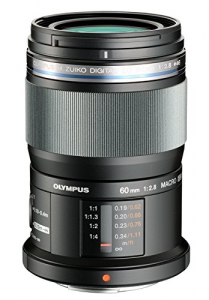
My next lens was the M. Zuiko 60mm f/2.8 Macro. I don’t have many surviving examples of macro photography yet (however here’s a hand-held example), but the lens is reasonably fast, the 60mm makes for a nice zoom and you can range limit it so that it focusues quickly and accurately. It helps that it’s also weather sealed, and although plastic, it has some nice heft to it.
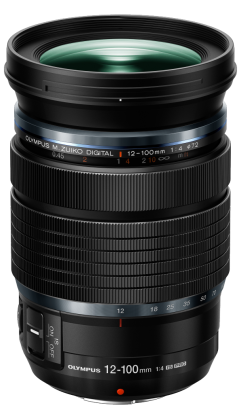
When I bought my E-M1 II, I wanted a proper lens to go with it and feel natural on it. That lens couldn’t be other than the M. Zuiko Pro 12-100 f/4.0. This is a fantastic lens which albeit kinda slow and not bokeh-friendly, is very sharp, has almost zero distortion and C.A. issues and is a mainly metallic construction that is weather sealed.
I have this lens on the E-M1 II around 95% of the time. I will usually replace it with one of the primes when I am going for a specific effect, or if light is an issue. Most of my photos in my galleries are shot using this lens; it really is that much versatile.
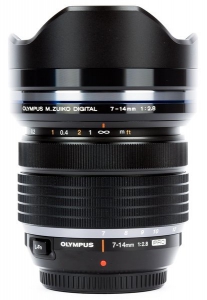
My most recent purchase is the M. Zuiko Pro 7-14 f/2.8. Now, that’s pretty much the ideal landscape lens you can buy. At 7mm (with some distortion) it’s an ideal architecture lens, at 12mm+ it’s a reasonable landscape lens. When used wide open, the edges can be quite blurry, but it’s very sharp at f/4.0 and super sharp at f/5.6
Other equipment
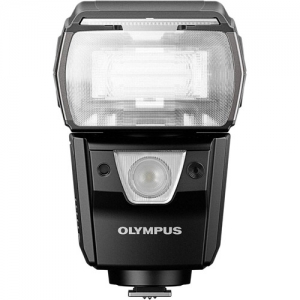
I tend to carry a FL-900R flash with me at all times. It’s a nice and rugged construction and the flash is relatively powerful (for what it is), plus it has a LED for video recording. I am not using it too often, but whenever I needed it, it proved invaluable.
The only disadvantage is that it does RC communication using optical means, compared to other approaches used by other manufacturers that don’t need line of sight.
